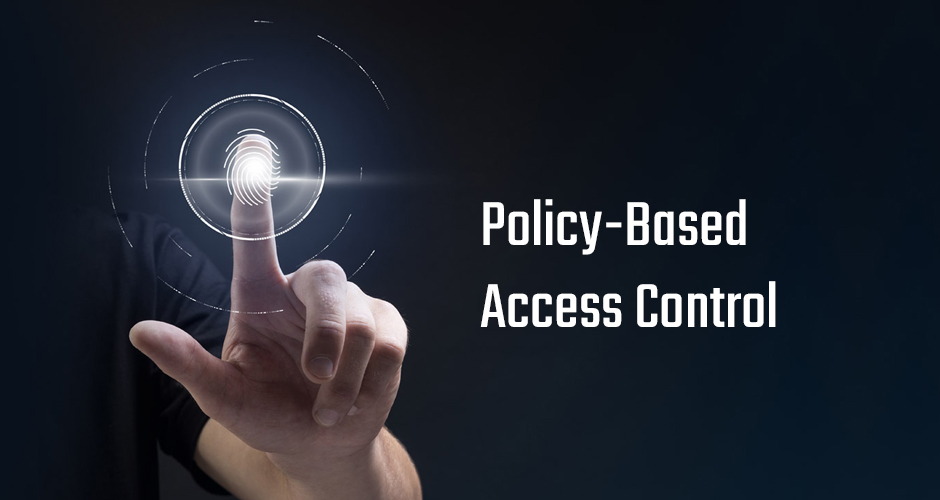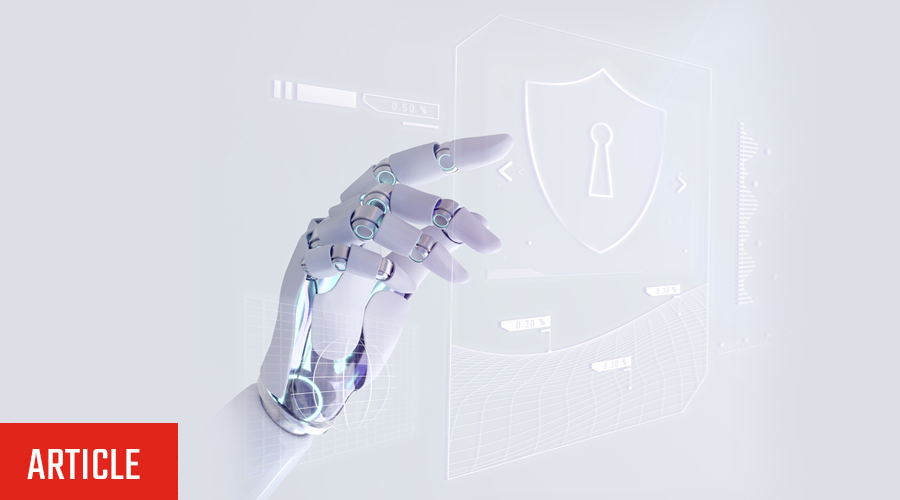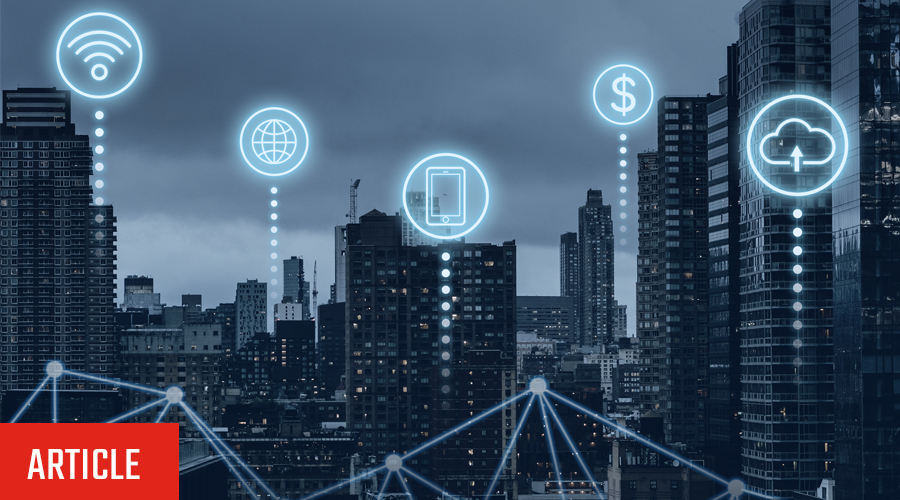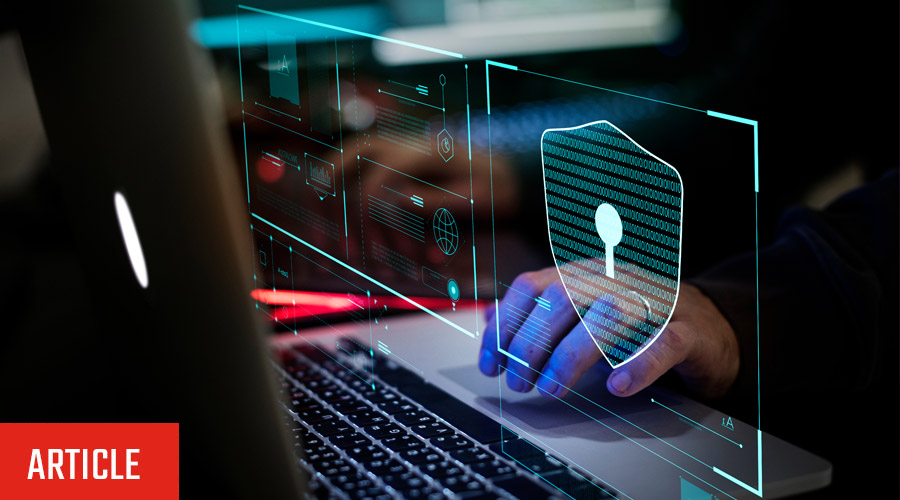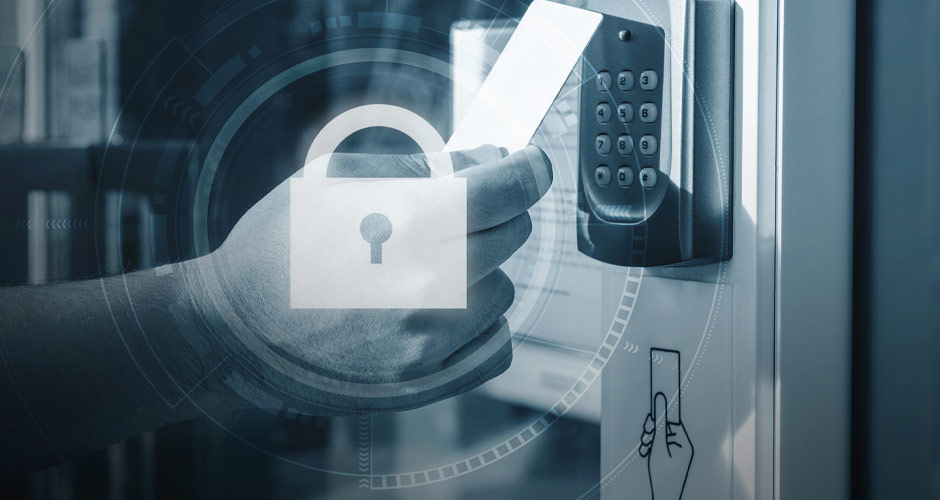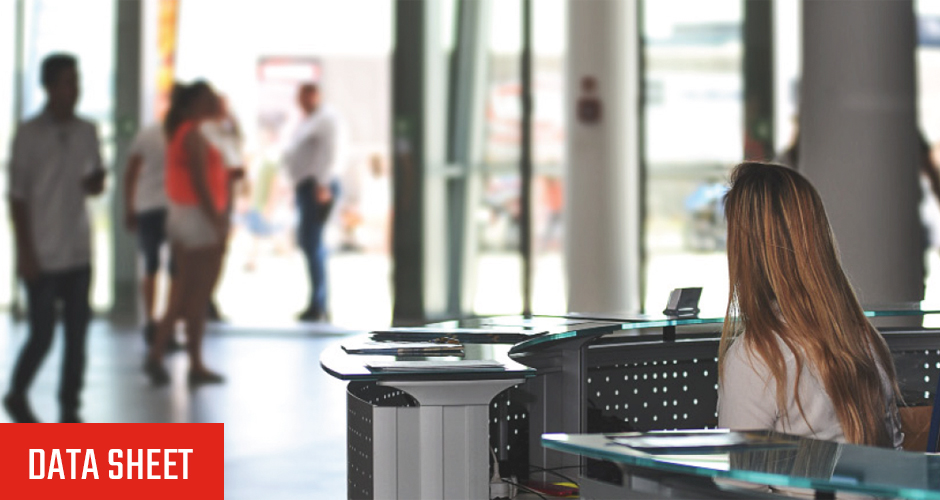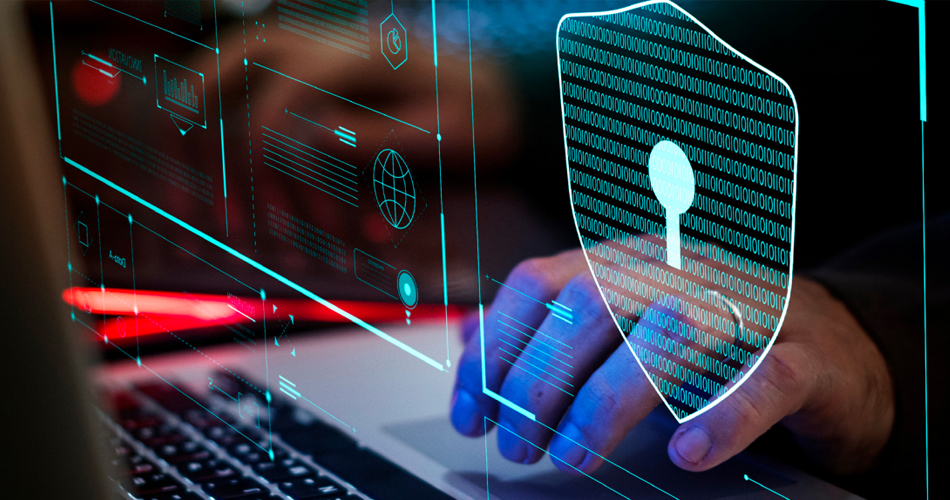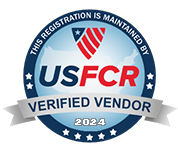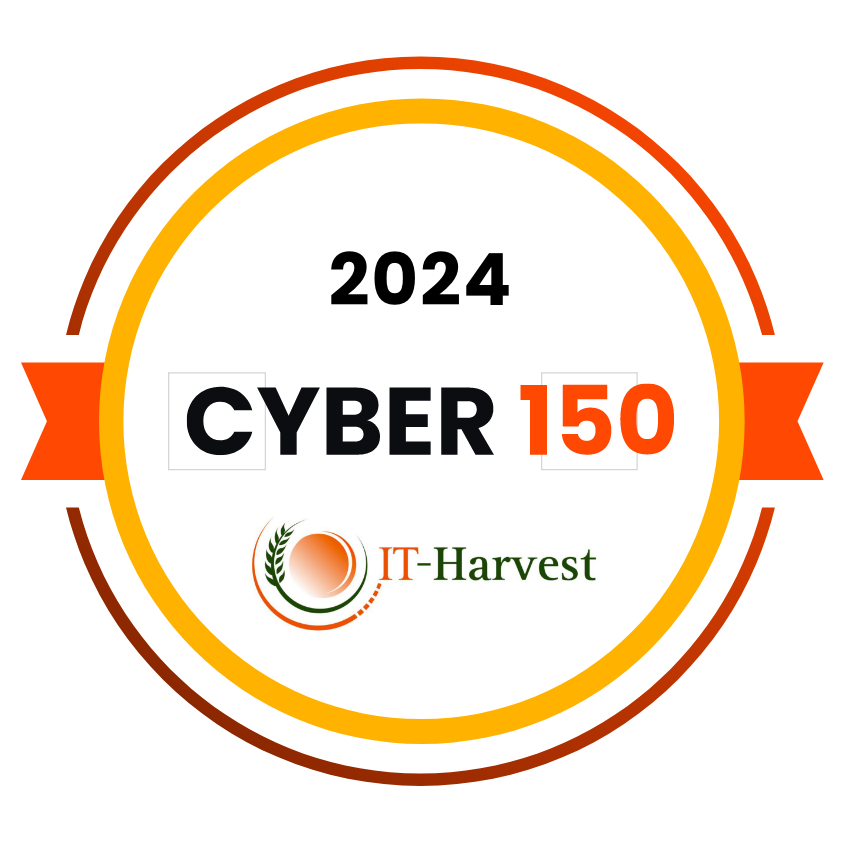GSX
Documentation

Introducing a Smoother Way to Access Your World with Alert Enterprise and LEGIC
Alert Enterprise proudly partners with LEGIC to enable a world
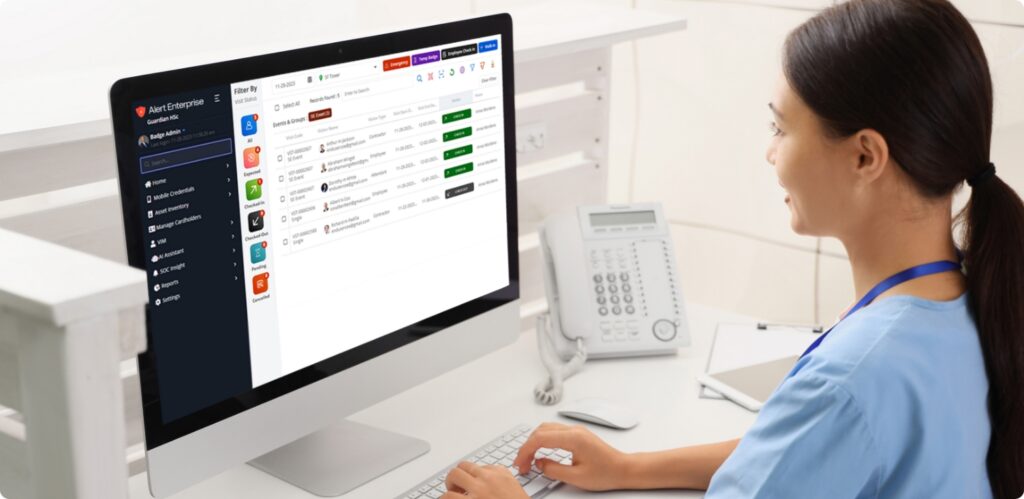
Powering Secure and Efficient Visits at Leading Children’s Hospitals Across North America
We are thrilled to announce a significant milestone for Alert Enterprise, as our cutting-edge visitor management system has been selected to enhance security, efficiency, and convenience at three leading children’s hospitals in North America.
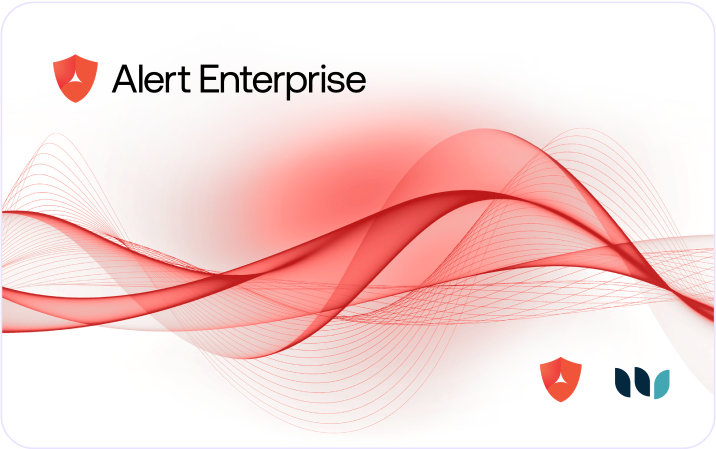
Expanding mobile access with Google Wallet: a partnership between Alert Enterprise and Wavelynx
We’ve entered a new and exciting era of frictionless mobile workplace access. NFC Wallet Mobile Credentials solutions have opened doors (quite literally) to easier, quicker, more secure access through NFC Wallets.

Securing Higher Education: The Power of Convergence
With so many students, visitors and faculty breezing in and out of countless doors every day, ensuring the safety and security of college campuses has never been more important.
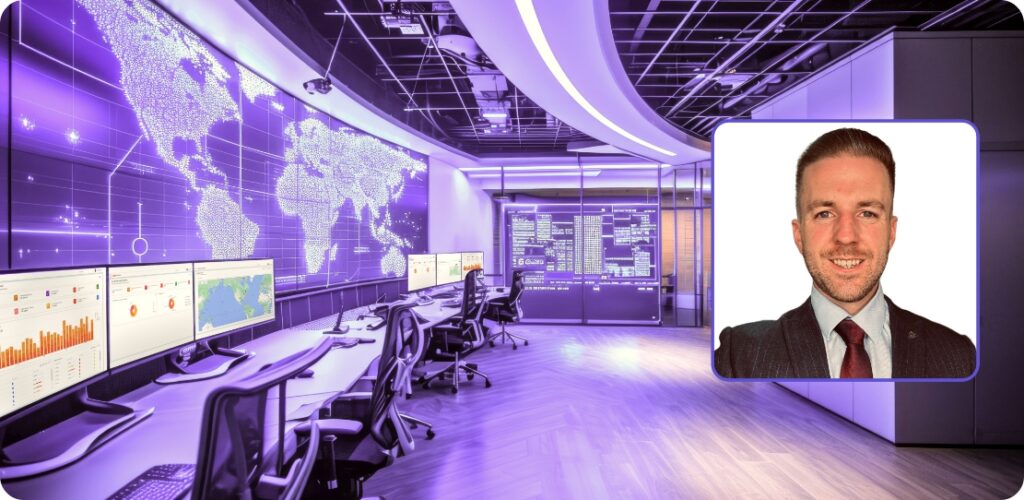
Shane Butler: Steering Alert Enterprise Towards New Heights
Join us in this engaging Q&A session as we celebrate Shane Butler’s exciting journey from Vice President of Sales for EMEA to Head of Global Sales at Alert Enterprise. Shane’s promotion is not just a testament to his exceptional talent and dedication but also marks an ambitious phase of growth and expansion for our global sales team. Dive into Shane’s insights on the access control market, the innovative edge of Alert Enterprise, and how his Irish roots contribute to a unique leadership style propelling the company to new frontiers.

Securing a sustainable future: ESG integration in the security industry
As technology changes the way we navigate corporate responsibility, integrating Environmental, Social, and Governance (ESG) practices is no longer just a strategic opportunity. It’s a necessary movement.

Alert Enterprise Steps Up to Secure U.S. Federal Government Sector with System for Award Management (SAM) Registration
In a move that marks a significant leap forward for cyber-physical security and unified access management in the U.S. federal sector, Alert Enterprise has been…
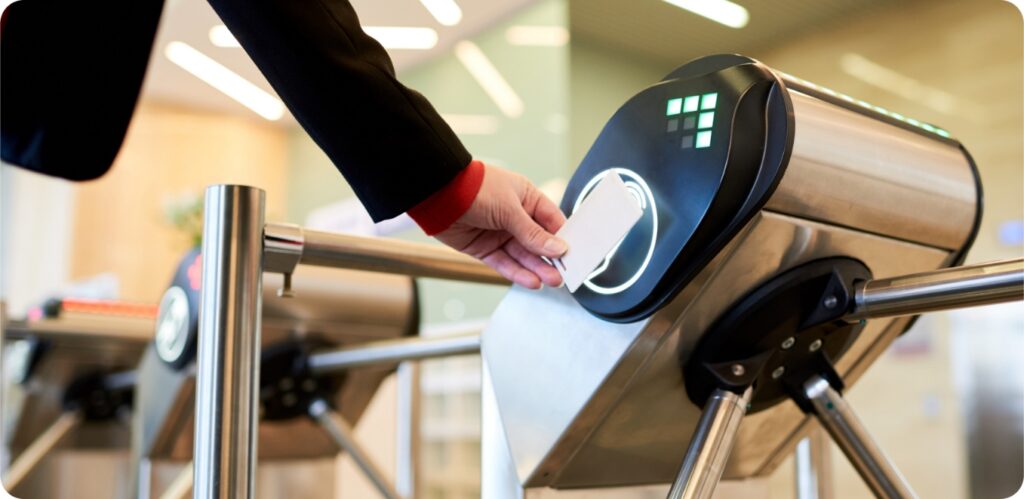
Accessing the best: Shane Butler discusses how the access control market is shaping up in 2024.
We’ve entered a new and exciting era of frictionless mobile workplace access. NFC Wallet Mobile Credentials solutions have opened doors (quite literally) to easier, quicker, more secure access through Apple and Google Wallet.

ASIS International’s Top Security Trends of 2023: A Commentary from Alert Enterprise’s Perspective
The world of security is ever evolving, and 2023 has brought forward some significant trends that are reshaping the landscape.
Your employees need fast, simple access to the doors and areas where they work. But you also have to keep those same physical spaces secure and in compliance. Ensuring only the right people get the correct level of access
The software automatically vets visitors against internal and third-party watch lists and provides
configurable alerts and workflows based on visitor status, creating critical new layers of protection for staff, patients and visitors alike. The integration will help healthcare providers deliver a higher standard of security and compliance while providing a positive, friction-free guest and host experience.
Policy-based access control (PBAC) has proved too complex for most physical access control systems (PACs) – until now. As organizations across industries face evolving security threats and more complicated hybrid work schedules for every type of employee, PBAC just might be the Zero Trust physical security solution we’ve all been waiting for.
Security is of the utmost importance in the healthcare setting so that patients and staff alike can focus their attention on improved clinical outcomes. Unfortunately, visitors are often a contributing factor to safety incidents – and the burden on hospital staff has increased exponentially since the onset of the pandemic. Let’s review the current state of healthcare workplace safety and how an automated, cyber-physical approach can help eliminate administrative hassle and strengthen safety protocols.
Every second, 127 new IoT devices connect to the internet according to Security Magazine. And
that’s not including personal devices like smartphones or tablets. The cyber-physical world is here to stay – and it brings with it an ever-expanding attack vector, plopped in the lap of the modern enterprise to try and protect.
At the enterprise level, physical security has taken a backseat to growing cybersecurity concerns over the years. However, with new COVID-related initiatives centered on managing workplace access, the physical team has a chance to take a seat at the executive table and make a meaningful impact on digital transformation efforts.
Protecting enterprise data is a top priority for everyone at Alert Enterprise. We’re constantly updating our processes, tools and practices to make sure our solutions effectively mitigate risk and maintain confidentiality while enhancing productivity. As part of that effort, we’re happy to announce that we have successfully completed Service Organization Control (SOC 2) Type 1 Audit certification.
According to the U.S. Bureau of Labor Statistics, a record 4.4 million Americans quit their jobs in September 2021. And while no one determining factor fully explains the “Great Resignation,” economists and psychologists alike suggest that changing attitudes toward the role of work in the human experience – should it come before childcare? Is it worth viral exposure? – are a key driver.
Protecting the modern enterprise tends to become a task of safeguarding against digital threats – and with good reason. According to the Ponemon Institute’s 2021 “Cost of Data Breach Study,” the average cost of a data breach in the United States has hit an all-time high, coming in at a cool $4.24M – up 10% from last year.
But as hybrid models take the lead in shaping the future of work, many executives don’t feel prepared to support the operational shift. In a recent survey by Riverbed and Aternity, only 32% indicated that they were “completely prepared” for a transition to hybrid work. Among other challenges, leadership faces new complexities in digital and physical access management that threaten both the employee experience and a company’s overall security posture.
